At the intersection of machine learning and autonomous vehicles, a new era of smart transportation is emerging. This convergence is not just reshaping how we think about driving; it’s revolutionizing the very fabric of transportation, safety, and urban mobility. As we delve into this fascinating juncture, it becomes clear that machine learning is the powerhouse driving the evolution of autonomous vehicles.
Machine learning, a dynamic branch of artificial intelligence, is fundamentally altering the capabilities of autonomous vehicles. It enables these vehicles to learn from vast amounts of data, interpret complex scenarios, and make real-time decisions. This continuous learning process is at the heart of an autonomous vehicle’s ability to navigate, adapt, and safely operate without human intervention.
One of the most critical aspects where machine learning makes a profound impact is perception. Through advanced algorithms, autonomous vehicles can interpret sensory data, allowing them to understand their surroundings accurately. This capability is vital for recognizing road signs, detecting obstacles, and understanding the behavior of other road users. As machine learning algorithms evolve, they enhance the vehicle’s ability to make split-second decisions, ensuring safety and reliability.
Predictive analytics is another arena where machine learning excels. By analyzing historical and real-time data, autonomous vehicles can anticipate potential hazards and the actions of other drivers. This foresight is crucial for proactive safety measures, efficient route planning, and smooth traffic flow. The ability to predict and adapt to various scenarios is what sets autonomous vehicles apart, making them an integral component of future smart cities.
However, the journey toward fully autonomous transportation is a complex one. It requires not just advanced technology, but also a robust legal and ethical framework. Issues such as data privacy, cybersecurity, and the moral implications of decision-making algorithms are at the forefront of discussions. Ensuring the safety and trust of passengers and the public is paramount.
The integration of autonomous vehicles into our daily lives presents opportunities for more sustainable and efficient urban environments. Reduced congestion, lower emissions, and optimized transportation systems are within reach. Machine learning doesn’t just enable autonomous vehicles; it empowers them to become agents of change for a greener, smarter future.
Machine learning enables autonomous vehicles to communicate with each other and with city infrastructure, leading to what is known as ‘Vehicle-to-Everything’ (V2X) communication. This capability allows for more coordinated and efficient traffic management, reducing congestion and minimizing the time vehicles spend idling. As a result, cities can look forward to a future with less pollution, lower carbon footprints, and more space for public and green areas.
Moreover, the data collected and analyzed by machine learning algorithms offer invaluable insights for urban planners and policymakers. Understanding traffic patterns, peak travel times, and popular routes can inform infrastructure development and public transport services, making cities more accessible and reducing the reliance on private vehicles.
However, as we embrace this future, the need for a skilled workforce proficient in machine learning, data analytics, and cybersecurity becomes increasingly apparent. Educational institutions and industry must collaborate to develop curriculums and training programs that prepare individuals for these emerging roles. This focus on education and skill development is crucial for supporting the growth of the autonomous vehicle industry and ensuring that the benefits of this technology are realized across society.
Additionally, public acceptance and trust are vital for the widespread adoption of autonomous vehicles. Transparency in how data is used, clarity around how the vehicles make decisions, and robust safety records are all essential for building this trust. Public education campaigns and open dialogues between manufacturers, policymakers, and the public can help demystify the technology and address concerns.
The intersection of machine learning and autonomous vehicles is a journey with far-reaching destinations. It’s a path that leads to safer roads, smarter cities, and a more sustainable world. However, this journey requires careful navigation, with attention to ethical considerations, workforce development, and public engagement. As we continue to drive forward, the potential for positive change is immense. The future of transportation is not just autonomous; it’s intelligent, connected, and, most importantly, it’s inclusive. At this intersection, the opportunities are as vast as the horizon, and together, we’re just beginning to explore them.


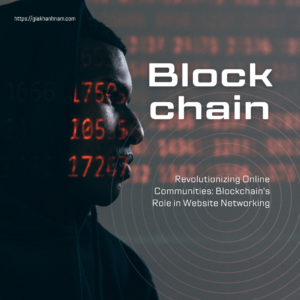
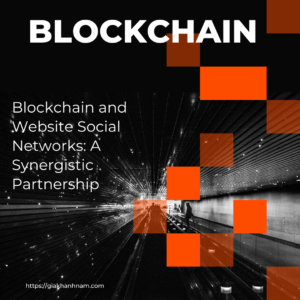

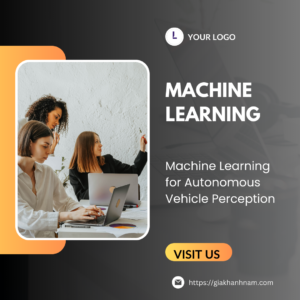

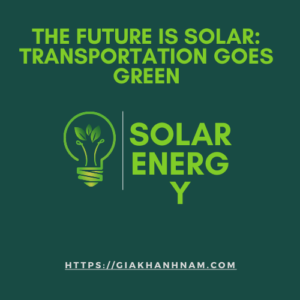
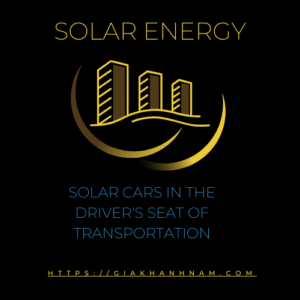
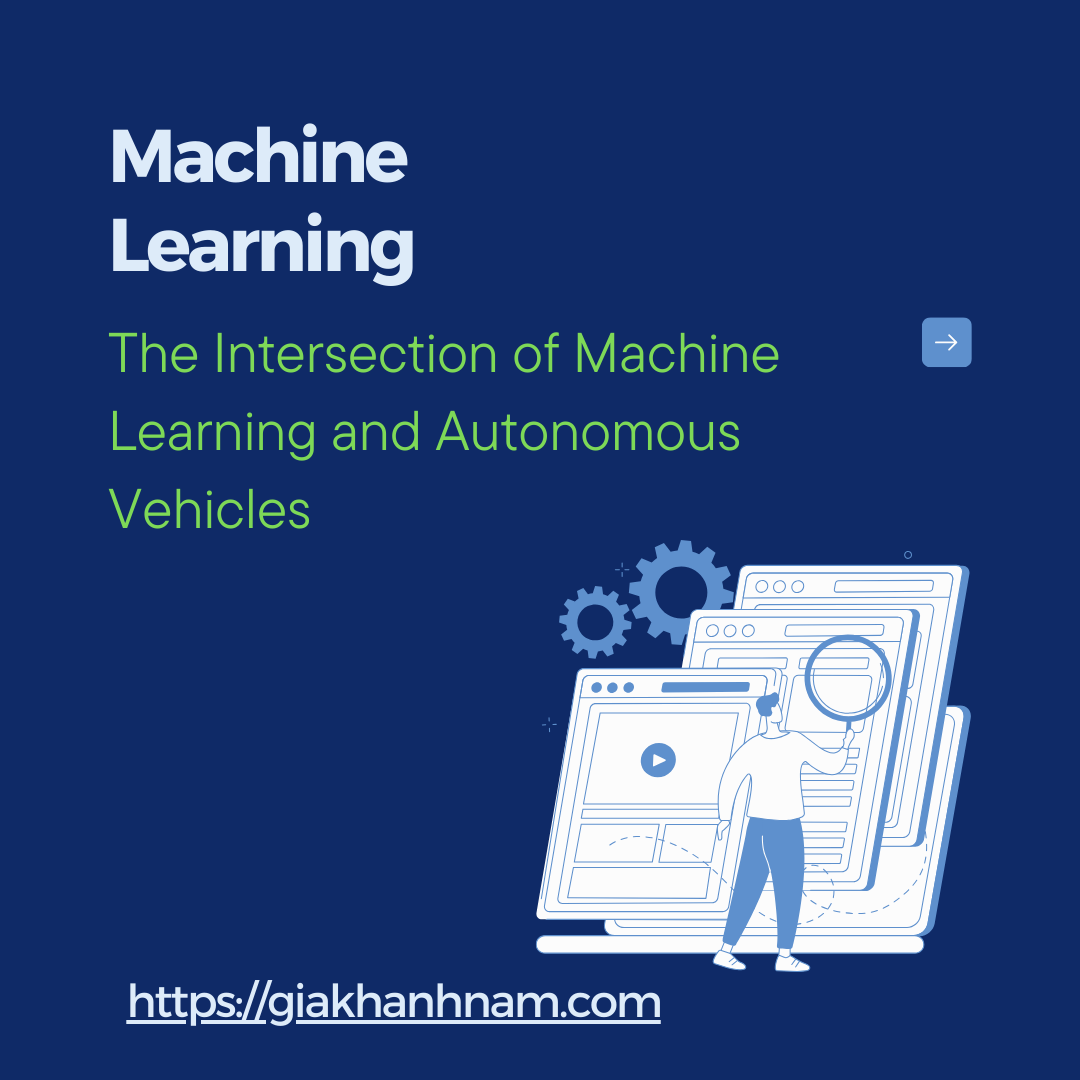
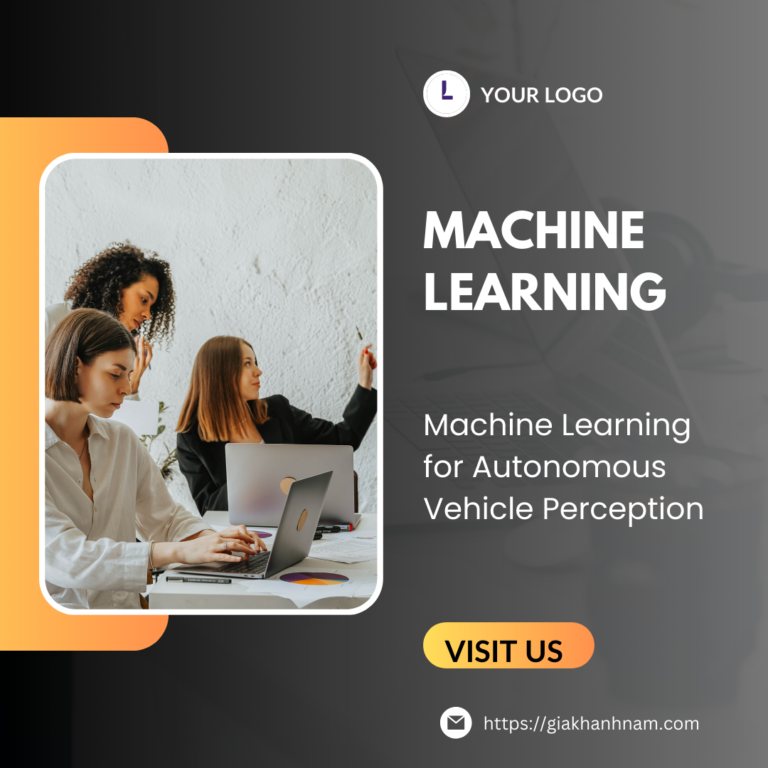
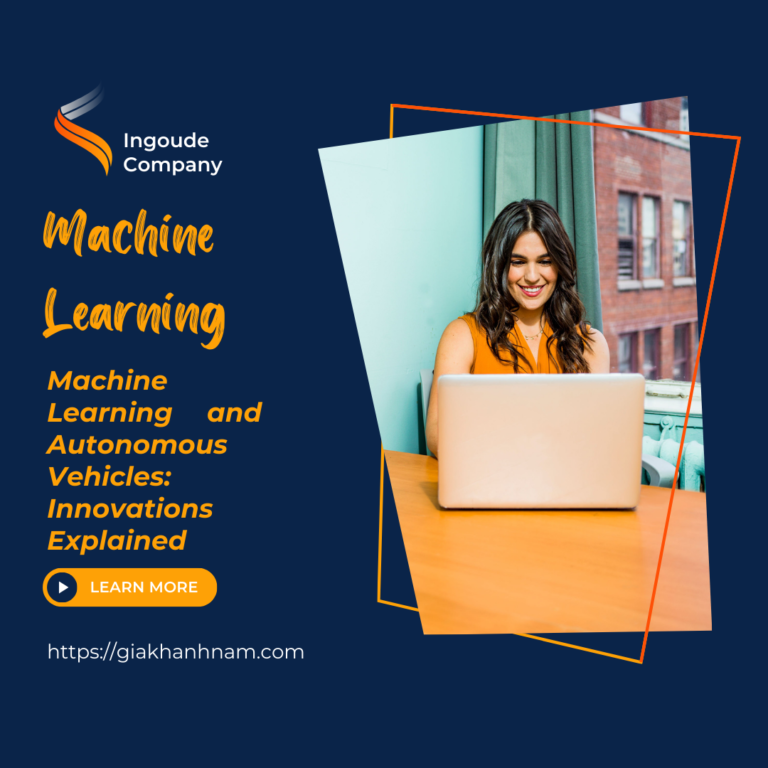


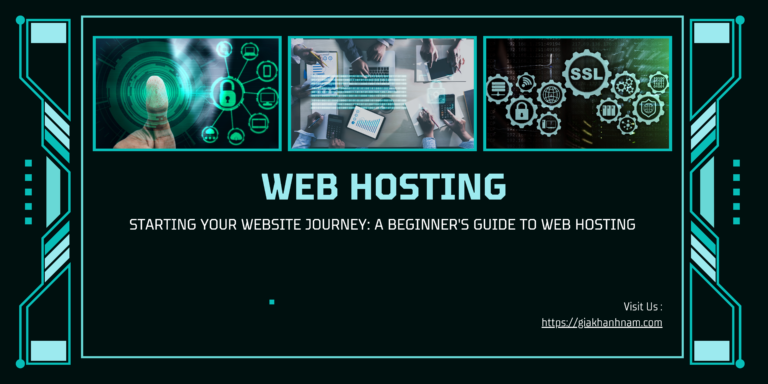
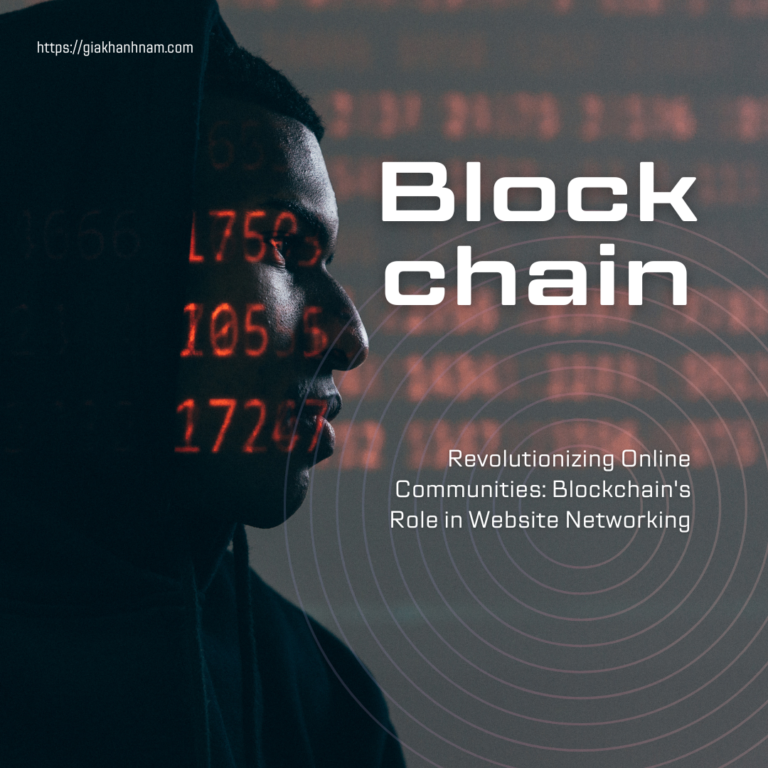

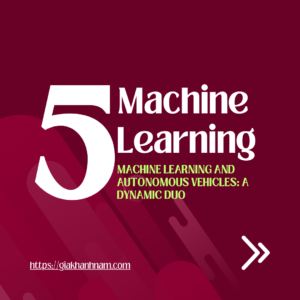
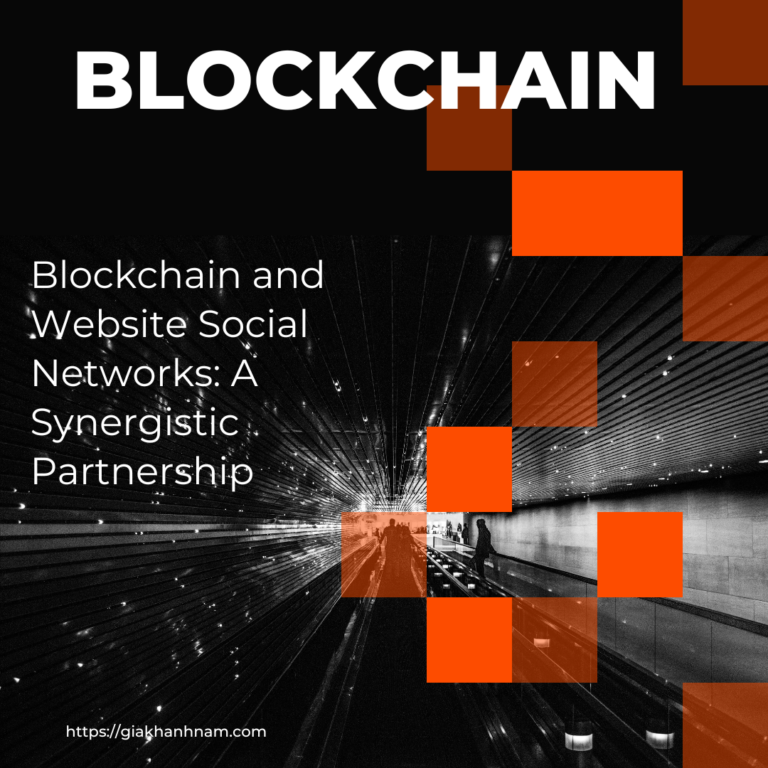

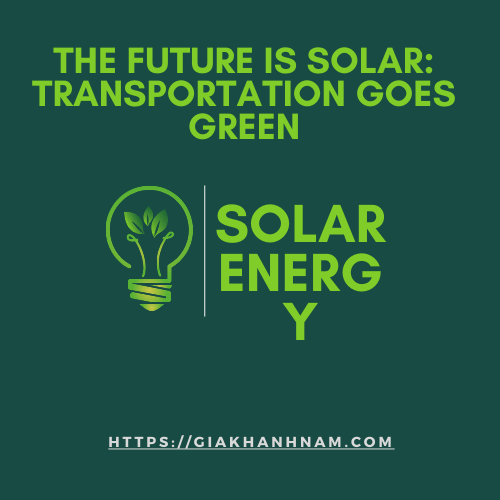
+ There are no comments
Add yours